
Natural alternatives to antibiotics are a game changer for poultry health
By Vishal Manjunatha, PhD
Clemson University
Clemson, South Carolina

By Vishal Manjunatha, PhD
Clemson University
Clemson, South Carolina
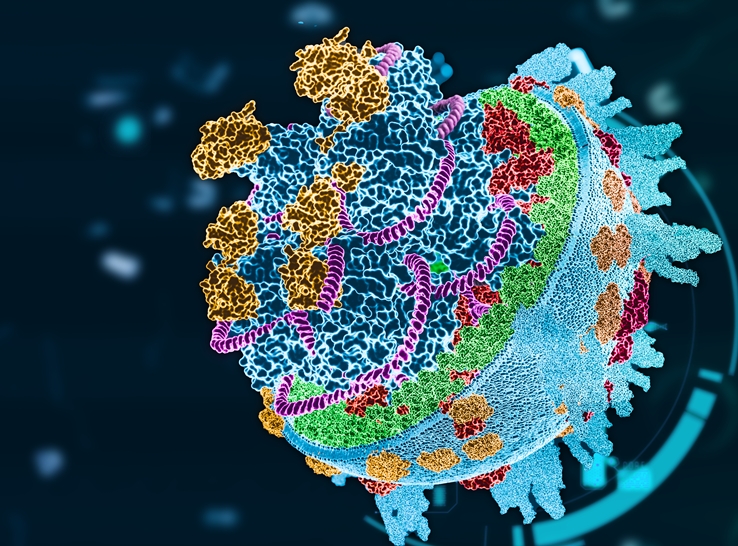
The first episode of the new “Unplucked” podcast produced by the Poultry Science Association (PSA) took on the topic of battling highly pathogenic avian influenza with guest Craig Rowles, DVM, general manager, Versova Farms.

One of the many challenges affecting layers is APEC, an opportunistic challenge that impacts at least 30% of commercial flocks in the US, resulting in decreased egg production, increased bird mortality and significant economic losses. Cargill Animal Nutrition has introduced Biostrong™ C-Protect
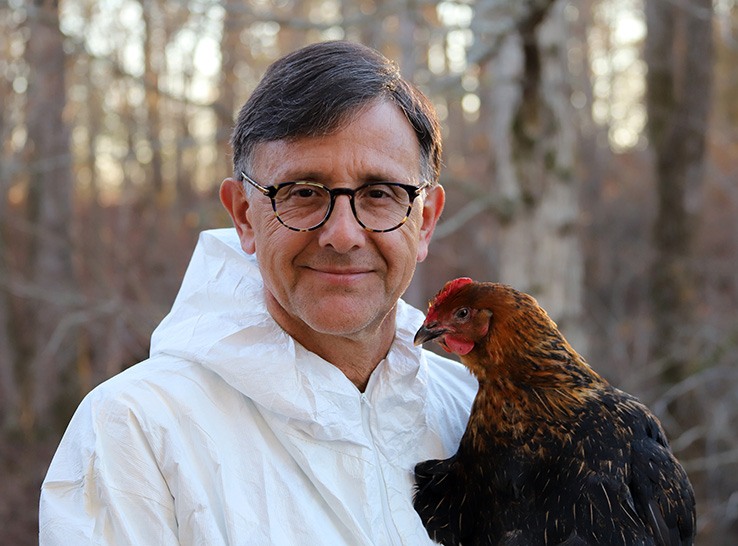
By Guillermo Zavala, DVM, MAM, PhD, Dipl ACPV
Avian Health International, LLC
Athens, Georgia
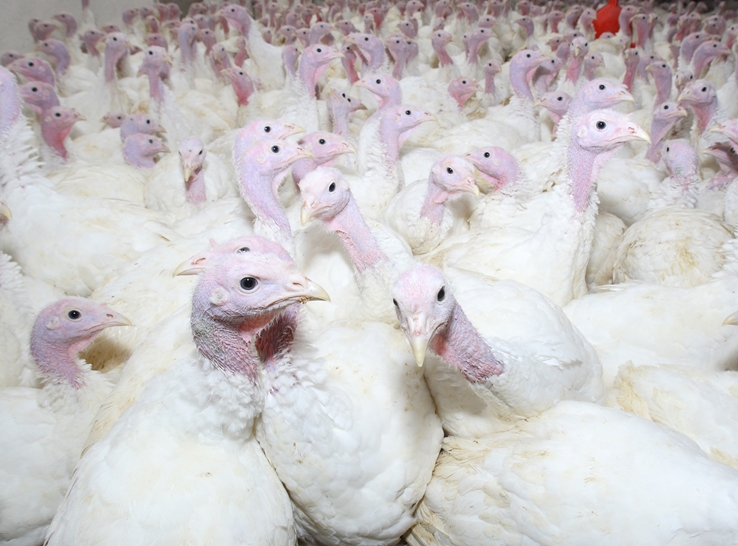
Every year, turkey producers lose more than $2 million to Histomoniasis (blackhead disease) alone due to high mortality rates and decreased flock performance. With limited industry investment to address turkey health challenges, turkey producers need solutions.

The avian flu virus continues to affect poultry producers and dairy farms in 2025. In North Carolina alone, the virus has resulted in the loss of millions of birds on poultry farms. Meanwhile, less than a year after avian flu was first detected in dairy herds, a new strain of the virus has been found in Nevada cows. Matt Koci, PhD, a virus expert and professor with NC State University’s Prestage Department of Poultry Science, offers insights.

Enteritidis is one of the most common serotypes of Salmonella globally and is historically associated with poultry. Unfortunately, antibiotic resistance is making it more challenging to treat.

The microbiota found in the guts of chickens is responsible for more than the breakdown of food products. It also impacts immune response, the enteric nervous system and cell function. An imbalance can affect disease resistance, and heighten stress and fear responses.

Mobility and leg problems are common in modern-day broilers, which are bred for high breast-muscle yield. Extra activity can help the birds support the extra bodyweight and prevent skeletal disorders. Could colored lighting encourage broilers to be more active and less prone to leg problems?
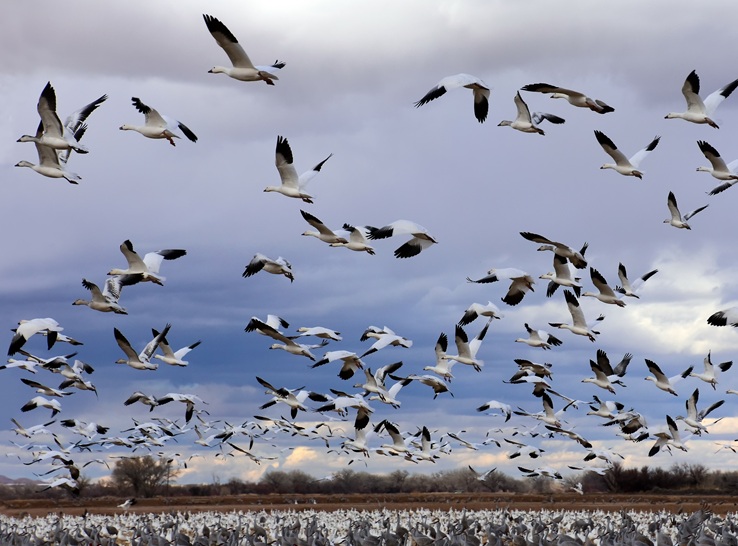
To help improve biosecurity on individual premises and prevent introduction or spread of highly pathogenic avian influenza (HPAI), USDA recently announced plans to expand assessments and audits available to commercial poultry producers.
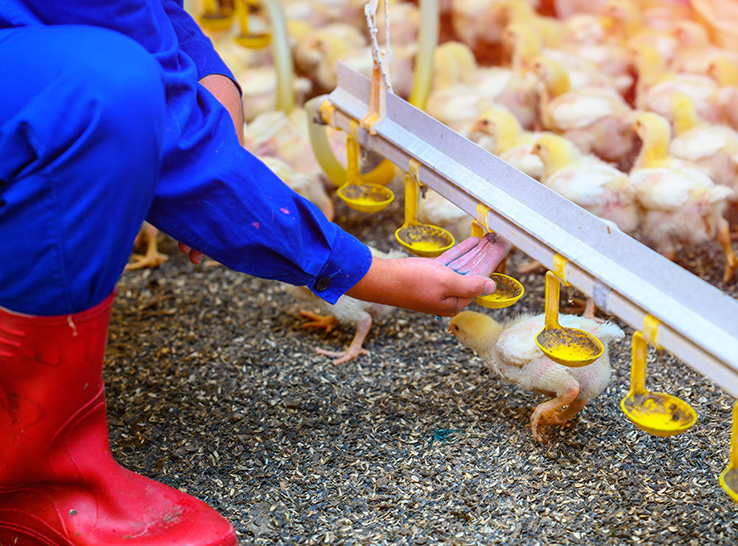
Using a dietary supplement containing a blend of Bacillus bacterial strains appears to positively affect the intestinal health and immunity of broiler chicks after a coccidia challenge, according to a Frontiers in Microbiology report.

A survey of more than 600 Enterococcus samples from Mississippi poultry farms revealed that E. cecorum primarily affects broilers, while E. faecalis is more problematic in hatcheries and very young chicks.